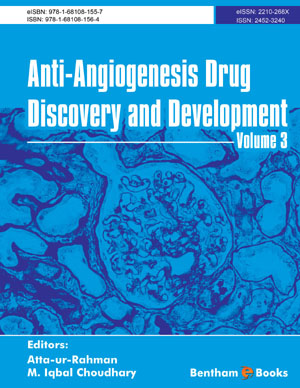Abstract
A complex disease such as Alzheimer’s requires an arsenal of therapies to help combat and stabilize its advancement. Despite considerable scientific progress, current therapeutic approaches for Alzheimer’s treatment offer only limited and transient benefits to patients. Therefore, in response to the molecular complexity of this disease, a new strategy has recently emerged aimed at simultaneously targeting multiple pathological processes involved in the pathogenesis cascade. β-secretase plays a critical role in β-amyloid formation, a major constituent of amyloid plaques in Alzheimer’s disease (AD) brain and is likely to play a central role in the pathogenesis of this devastating neurodegenerative disorder. Thus, β-secretase is a prime drug target for the therapeutic inhibition of β-amyloid production in AD. It has been clearly established in a number of studies that metal ions are critically involved in the pathogenesis and progression of major neurological diseases (Alzheimer's, Parkinson's). Metal ion chelators have been suggested as potential therapies for diseases involving metal ion imbalance. This chapter summarizes the current therapeutic strategies based on the β-secretase inhibition, metal chelation and their combination to treat AD.
Keywords: Aβ aggregation, Alzheimer’s disease, amino imidazoles, amyloid beta precursor protein, amyloid plaque, Bi-functional compounds, clinical development, cyclic hydroxyethylamines, dementia, fragment-based lead generation, highthroughput screening, metal chelators, multi-targeted drugs, neurodegenerative disorders, oxidative stress, peptidomimetics, reactive oxygen species, substratebased design, β-secretase (BACE1), γ-secretase.






















